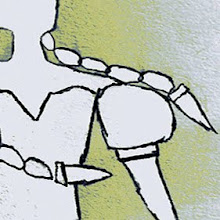I made several long journeys to the upper and lower extremes of our planet to photograph the shorelines, monolithic ice forms and landscapes of Greenland, Icelandic and Antarctica.
Most of these places are arduous to reach, beyond the borders of domestic transportation routes, accessible only by small aircraft or boat. All are endangered to some extent – threatened by tourism, climate change, industry and the hunt for oil.
– David Burdeny
This new series, Icebergs, begins to explore what are currently the most geopolitical and geographically sensitive shorelines on earth.
Formally different than my previous work, but motivated by similar principals, these images attempt to encapsulate both the otherworldliness and the vital reality of the northern seas and oceans.
Originally conceived of as a black and white monochrome project, the unique and surreal color palate of these extreme latitudes compelled the addition of color.
– David Burdeny
Nothing is more wonderfully beautiful can exist than the arctic night. It is a dreamland, painted in the imagination’s most delicate tints: its color etherealized. One shade melts into the other, so that you cannot tell where one ends and the other meets, and yet they are all there.
– Fridtjof Nansen (1861–1930) Norwegian Arctic explorer
Antarctica starts here
John Cale - Antarctica Starts Here
David Burdeny was born in Winnipeg Manitoba Canada in 1968.
At the age of 12, he started to photograph the prairie landscape and make his own black and white prints in a makeshift darkroom that also served as his bedroom closet.
Primarily self taught, his architecture and design background greatly influences his penchant for simple exacting photographs of sky, horizon and the marks humankind leaves behind.
David Burdeny was influenced stylistically by photographers before him such as Michael Kenna and Hiroshi Sugimoto.
I was drawn to the fragility and grace of the frozen landscape.
– David Burdeny










